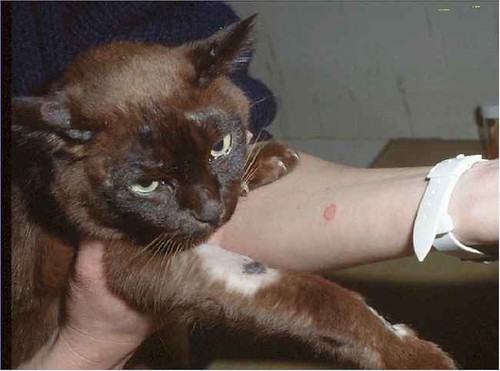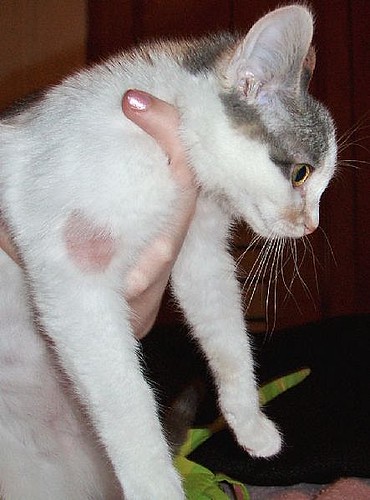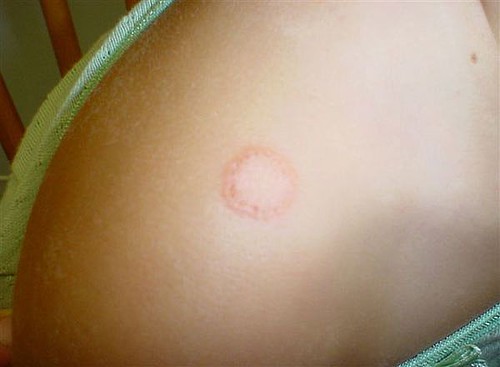WHAT IS RINGWORM?
Ringworm is NOT A WORM, its actually a FUNGUS that creates lesions on the dead surface layers of skin, hair, and claws. It is a zoonotic disease, meaning it can be transmitted between people and animals. The infection is common, worldwide, and is similar to athlete’s foot. Ringworm is contagious to people and animals, and it appears in our shelter that we have the first stage of an outbreak of the fungus.
HOW IS IT TRANSMITTED?
The fungus is transmitted by spores that attach to the skin, which germinate to produce hyphae that invade the dead layers of skin and hair. Animals become infected either by direct contact with an infected animal or by exposure to a contaminated environment or object such as grooming tools or bedding.
WHAT DOES IT LOOK LIKE?
The signs of ringworm can vary, but most animals have the classic ringworm lesion: a circular red area of hair loss which is surrounded by broken hair and scale at the edge of the lesion. The lesions typically heal from the center as they enlarge peripherally. Other signs of ringworm may include patchy hair loss, itching, inflammation, and infection of the nails. In people, ringworm of the scalp usually begins as a small pimple that becomes larger, leaving scaly patches of temporary baldness. Infected hairs become brittle and break off easily. Yellowish crusty areas sometimes develop.
ARE YOU GETTING ITCHY?!?!?!?!
Ringworm of the body shows up as a flat, round patch anywhere on the skin except for the scalp and feet. As the rash gradually expands, its center clears to produce a ring. More than one patch might appear, and the patches can overlap. The area is sometimes itchy. Ringworm of the foot is also called athlete's foot. It appears as a scaling or cracking of the skin, especially between the toes.
HOW IS IT TREATED?
Animals are treated with an oral medication and lyme-sulfur dips. The treatment takes 4 to 8 weeks. Humans are treated with a cream you can purchase without a prescription. If the cream doesn’t work, your physician can prescribe medication that will kill the fungus.
Ok, now that you are sufficiently grossed out, go buy a tube of Lamasil, just to be safe!



No comments:
Post a Comment